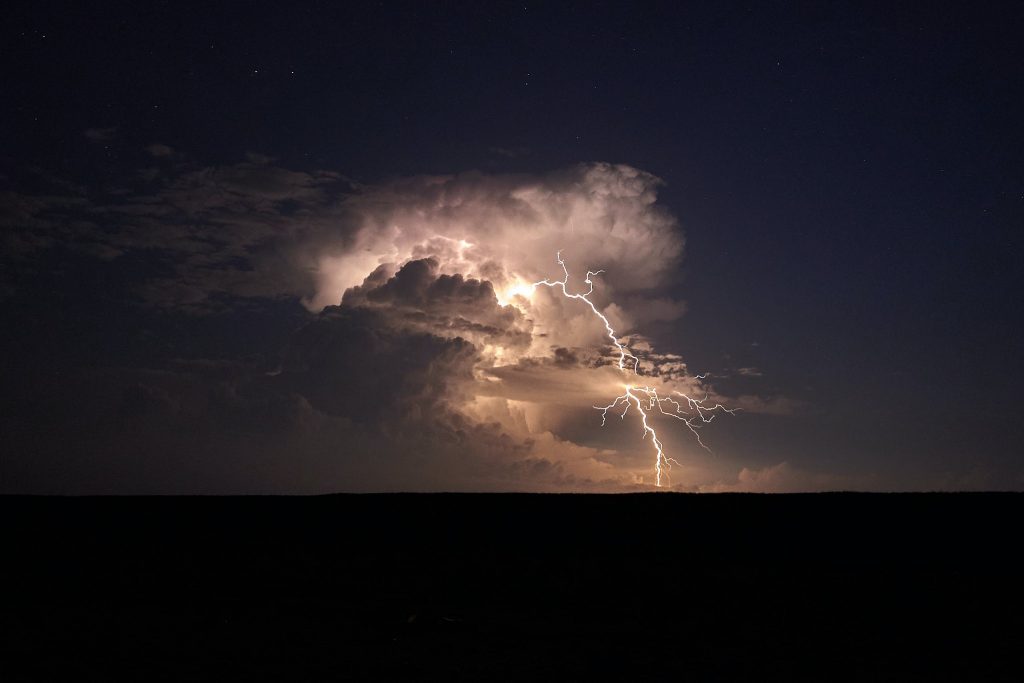Don't miss our holiday offer - 20% OFF!

Read also : Optimizing Motor Performance: How Pressure Sensors Work
In facing extreme weather challenges, a profound understanding of strong winds in tropical storms is crucial for effective protection and risk management. An instrumental tool in this monitoring is the anemometer sensor. This article delves into the workings of anemometer sensors, unveiling the mystery behind detecting and comprehending strong winds in tropical storms.
Anemometer Sensor Operation: Capturing Wind Speed and Direction

Read also : Smart EWS: Enhancing Speed and Accuracy of Response
Anemometer sensors operate by measuring wind speed and direction at specific locations. Using various technologies, such as cup anemometers or ultrasonic-based anemometers, these sensors provide accurate real-time data. Understanding wind speed and its changes is key to forecasting the intensity and movement of tropical storms.
Applying Measurement Results: Early Detection and Risk Management

Read also : Early Detection of Tropical Storms with IoT Sensors
Data collected by anemometer sensors not only offer information about current conditions but also play a vital role in the early detection of tropical storms. With a better understanding of wind speed, meteorologists can issue early warnings, enabling communities to prepare and evacuate more effectively. Additionally, these measurement results aid in developing risk management strategies to safeguard infrastructure and valuable assets.
Conclusion
Approaching the mystery of strong winds in tropical storms through the operation of anemometer sensors opens new opportunities for self and community protection. With this technology, early detection and risk management can be enhanced, leading us towards a safer future prepared to face extreme weather challenges.





